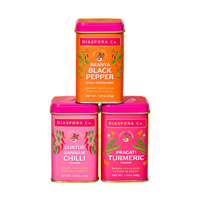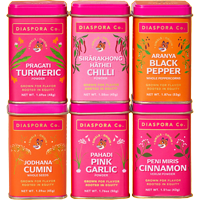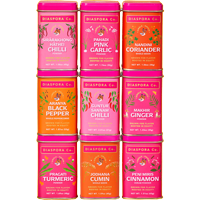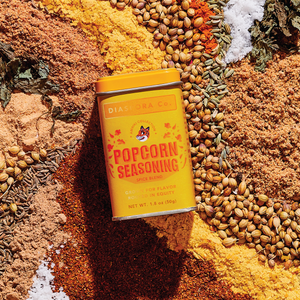Reprinted from the book Filipinx: Heritage Recipes from the Diaspora by Angela Dimayuga and Ligaya Mishan. Photographs copyright © 2021 by Alex Lau. Published by Abrams.”
Some might consider this the OG adobo, a duel between vinegar and soy sauce, sour and salt, with whole black peppercorns that soften as they braise and pop in the mouth. Then again, purists would reject the addition of soy sauce as an outside influence, since it was introduced to the Philippines by Chinese traders—although this took place possibly as far back as the second century A.D., so it’s been around a long time.
Keep in mind that the recipe is really just a starting point. For the meat, you might go for all pork belly, with its stripes of fat, or mix shoulder, ribs, and belly, or pair pork with chicken (remembering that they have different cooking times).
I call for apple cider or white vinegar, but you can use more delicate rice vinegar or the traditional coconut vinegar (page 179); just be sure to add a bit more, to balance out the salt and cut through the richness of the fat. And try tossing in hunks of potato or whole hard-boiled eggs toward the end. As the novelist Gina Apostol says, adobo “has the most leeway for a cook’s imagination, hubris, art, or bigoted sense of one’s own mother’s love-and-greatness.”
I like to double the numbers because leftovers keep a long time; after all, vinegar and salt were a means of preserving meat in the time before refrigeration. If you reduce the sauce to a more syrupy consistency and shred the pork, it makes a great filling for Siopao (steamed buns,) or a base for fried rice.




























